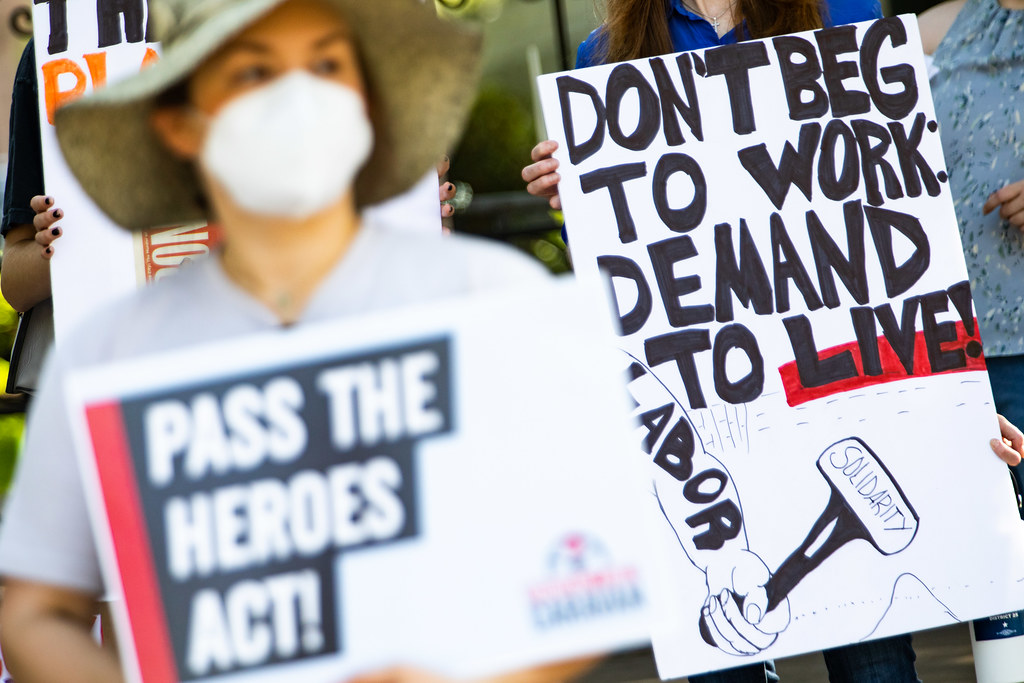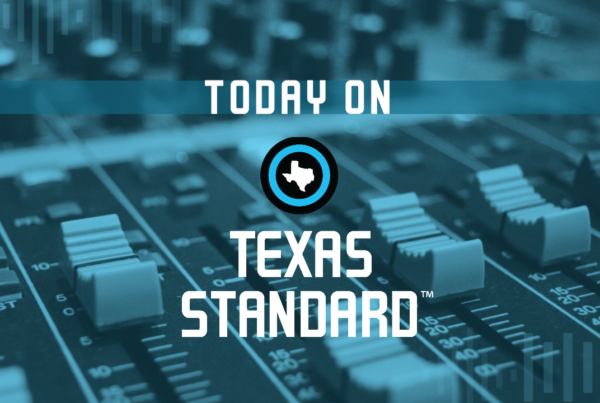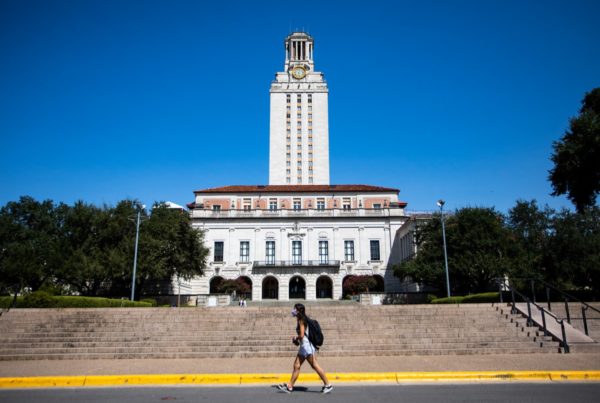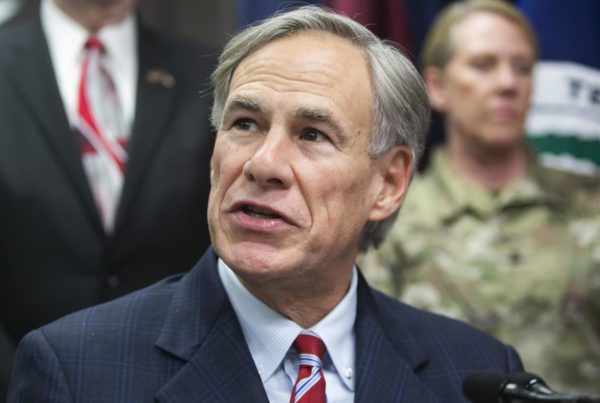The third federal economic stimulus package, meant to reinvigorate the economy during the pandemic, could help lift millions of Texans out of poverty at least temporarily.
Benjamin Wermund, Washington correspondent for the Houston Chronicle, told Texas Standard that the $1.9 trillion bill, which President Joe Biden is expected to sign into law Friday, could significantly raise the incomes of a large swath of Americans at the bottom of the economic ladder.
“There are some estimates that the bottom 20% of earners in the country – the poorest 20% of Americans – could see their incomes rise by about 20% because of the measures in the stimulus package,” Wermund said.
About 4 million Texans could benefit.
The measures that make that change possible are only in place for one year. But Wermund says if they’re popular, some states may consider keeping them.
Here’s a closer look at what’s in the bill.
Tax benefits:
– An expanded child tax credit: up to $3,600 for children under age 6; up to $3,000 for older children.
– Tripling of the Earned Income Tax Credit for low-income workers without children – to about $1,500.
Stimulus money
– American adults earning less than $75,000 (or $150,000 per joint-filing couple) per year will get a one-time check from the federal government for $1,400.
Medicaid expansion
The federal government will put up more money to match states’ investments in their Medicaid programs. It’s meant to incentivize states, like Texas, to expand Medicaid and make it available to people with a wider range of incomes. Medicaid is only available to a very limited number of Texans, and Texas leads the nation in uninsured people. Wermund says it’s possible the Legislature could consider Medicaid expansion during the current session, but it’s unlikely any measure would pass.
More money to cities, with fewer strings attached
Billions of dollars will go to small cities to use for social programs like renters assistance and possibly even infrastructure improvements. Wermund says much is still unknown about how else the money could be used, but there are fewer limitations than in earlier COVID-19 stimulus packages.













